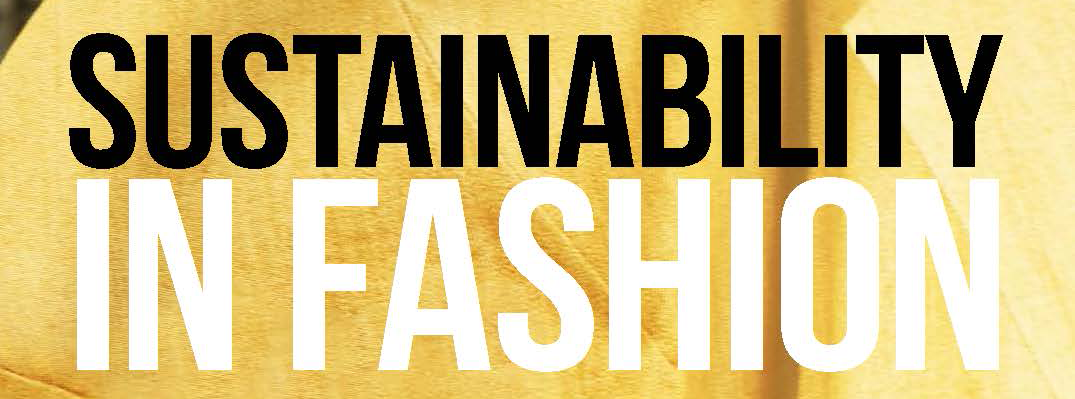Slow Fashion Concept Upcycled Kimonos as Recycle-oriented Cultural Sustainability
Abstract
Ecological and sustainable ideas have inherently been present in kimono culture within the Japanese lifestyle (Okazaki, 2015). The individual households still have large quantities of high-quality sit kimonos: these have sold at second-hand shops (Valk, 2018). Today, old kimonos and obi sashes are used to reinvent stylish garments and accessaries (Assmann, 2008), which idea is called up cycling. The purpose of this study is to examine the kimono epicycle practice in the young generation in Japan. UNESCO's sustainable development is used as a theoretical framework. The participants were 155 college students in a national women's university in Japan. One of the findings showed that students were less likely to epicycle kimonos than western garments. The results imply that various students encounter technical challenges remaking into garments. Nevertheless, upcycling kimonos could become the next leading sustainable development among Japanese people since they characteristically have a recycle-oriented culture.
Keywords: Japanese culture, Slow fashion, Kimono, Upcycle
How to Cite:
McCarthy, M. & Hayashi, T., (2020) “Slow Fashion Concept Upcycled Kimonos as Recycle-oriented Cultural Sustainability”, Sustainability in Fashion 1(1). doi: https://doi.org/10.31274/susfashion.11487
Downloads:
Download PDF
View PDF
